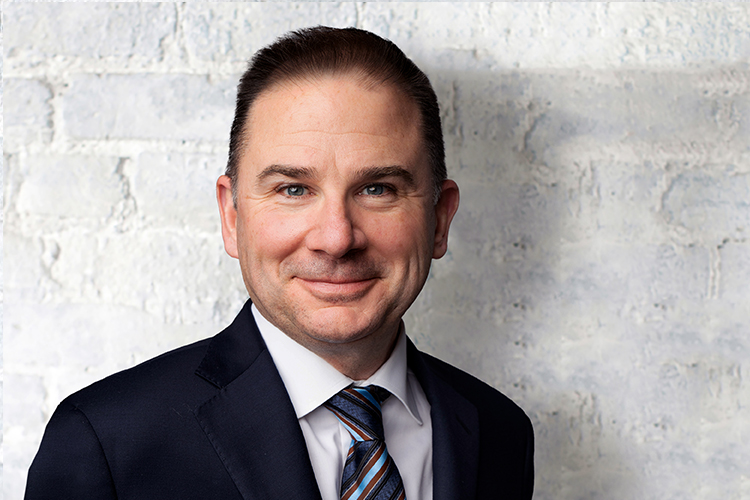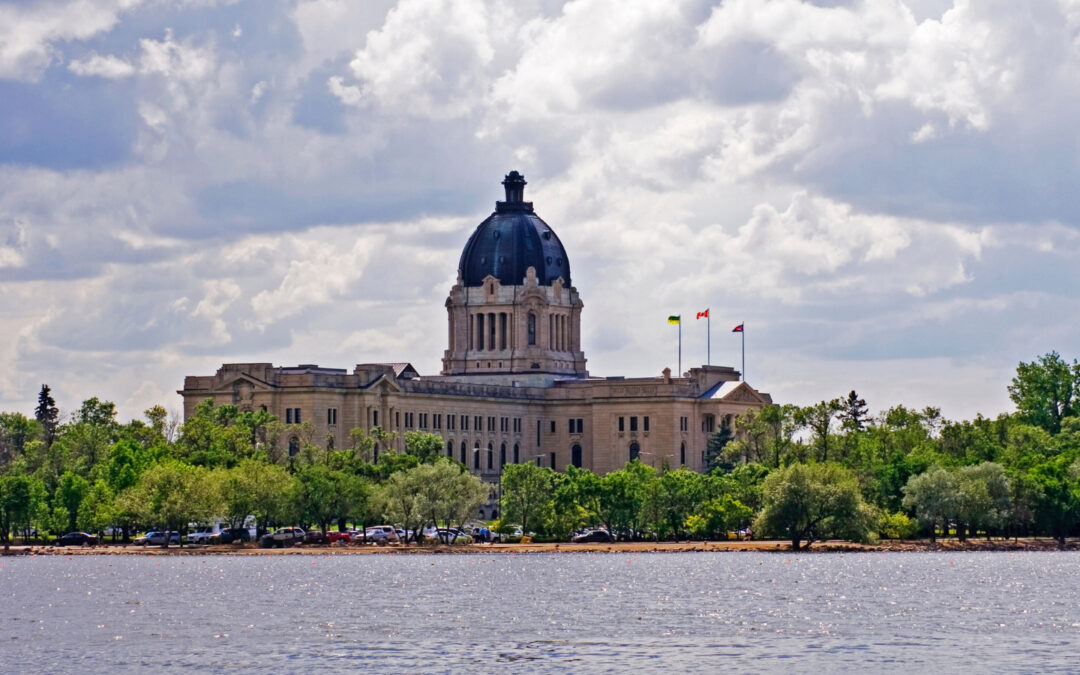While at the center of many current issues including recent CP Rail labour turbulence and the increasing urgency for access to domestic fertilizer and energy production, Premier Moe’s government is seeking to move beyond the challenges of the past two years with a budget that focuses on returning to smaller deficits, new investments throughout the province, and generally getting back to a state of normalcy.
Last year’s projections saw the province tracking for a deficit of $1.7 billion in 2022-23; $1.2 billion in 2023-24; and $770 million in 2024-25. Driven primarily by increasing resource revenues, these numbers have been revised but do not forecast an earlier return to surplus. Premier Moe’s government has chosen to stay the course and spend additional revenue rather than return to balance.
The opposition NDP – in the middle of a leadership race at present – had called for no new taxes, addressing cost of living challenges and investments in health care and education. The 2022-23 budget does expand the PST and increases some mill rates and consumption taxes.
BIG NUMBERS
- Revenues of $17.2B
- Expenses of $17.6B
- Deficit of $463M, down from forecast.
- Debt at $30B
HEALTH SPENDING
- Health spending up $318.7M in 2022-23 to highest total ever at $6.8B
- $3.5M for family and specialty medicine residencies
- $21.6M to address surgical backlog
- $12.5M for ICU beds
JOBS FUNDING
- $2.5M for the Re-Skill Saskatchewan Training Subsidy
- $2.0M for Skills for Success foundational skills framework
CAPITAL PLAN
- $3,2B in capital projects
- $1.1B to SaskPower for electricity system improvements
- $479.5M for transportation infrastructure
- $448M in direct support to Saskatchewan Municipalities
FISCAL ASSUMPTIONS
- The 2022-23 budget is based on a WTI Oil price of $75.75 USD
- Potash prices are assumed to be $407 USD
- The Canadian dollar is assumed to be worth $.7998 USD
It remains to be seen if this budget and subsequent policy moves can position the province to take advantage of current challenges to entrench significant supply certainty of potash and energy within Saskatchewan – but the opportunity is certainly there. While Russian investment in the province’s potash industry is put into question, residents stand to benefit from today’s higher commodity prices and a world currently evaluating choices relating to supply chains.
Premier Moe’s government is currently in the mid-point of its mandate, with the last election having taken place in October 2020. This gives the government plenty of time to move on its agenda – though there do not appear to be many major policy shifts expected in the upcoming fiscal year. With the Saskatchewan Party having been in power for 15 years as of this November, the current atmosphere is that of a mature government with experience but also possible complacency that can set in. It is yet to be seen if the Saskatchewan NDP can use its leadership contest to make headway with voters or put new pressure on the Premier.
If you have questions about what this budget means for your sector, business, or association, please reach out to the Counsel Public Affairs team:



